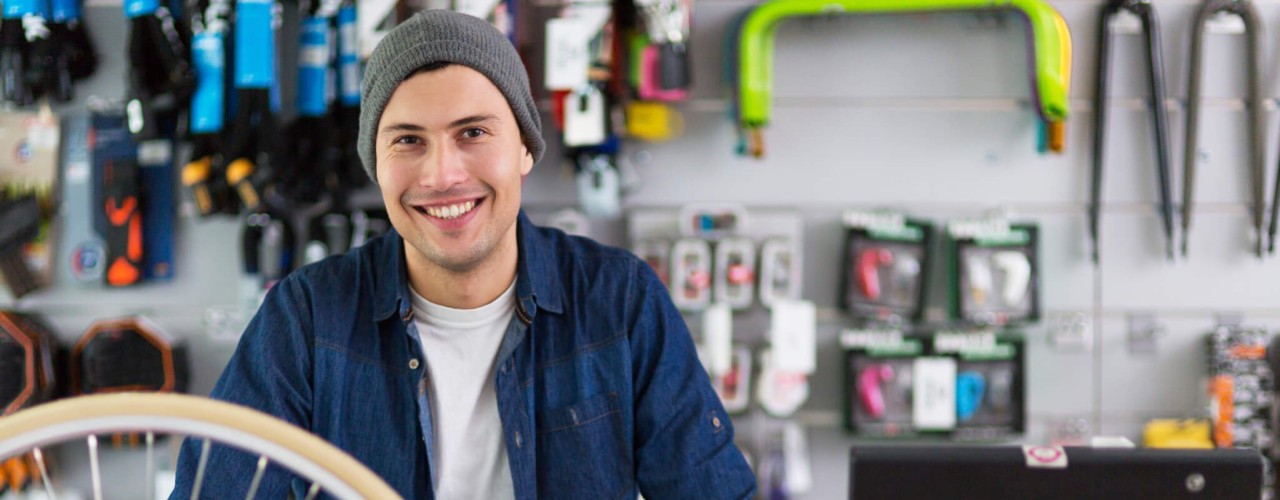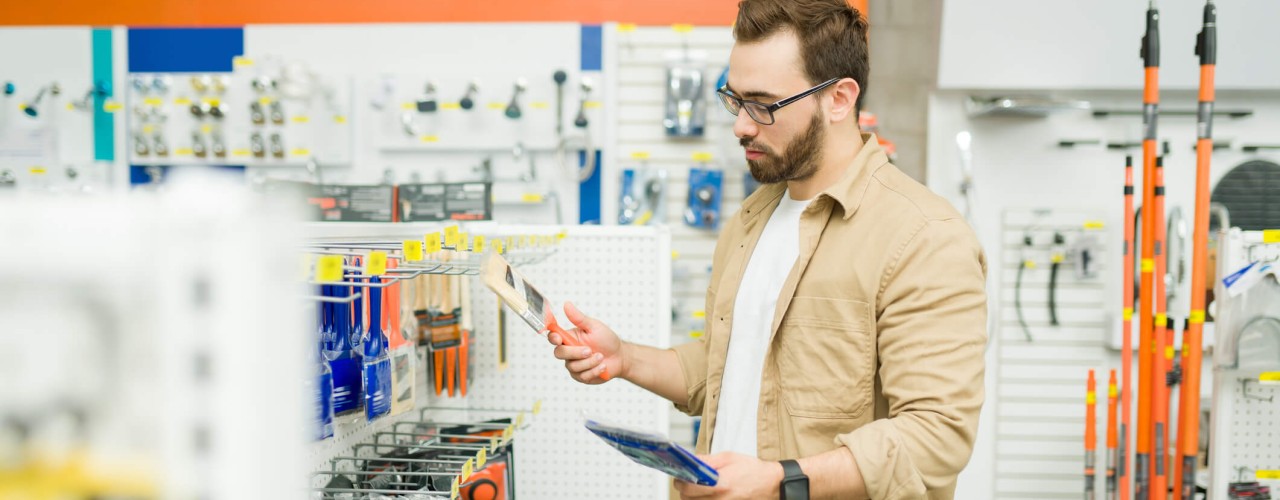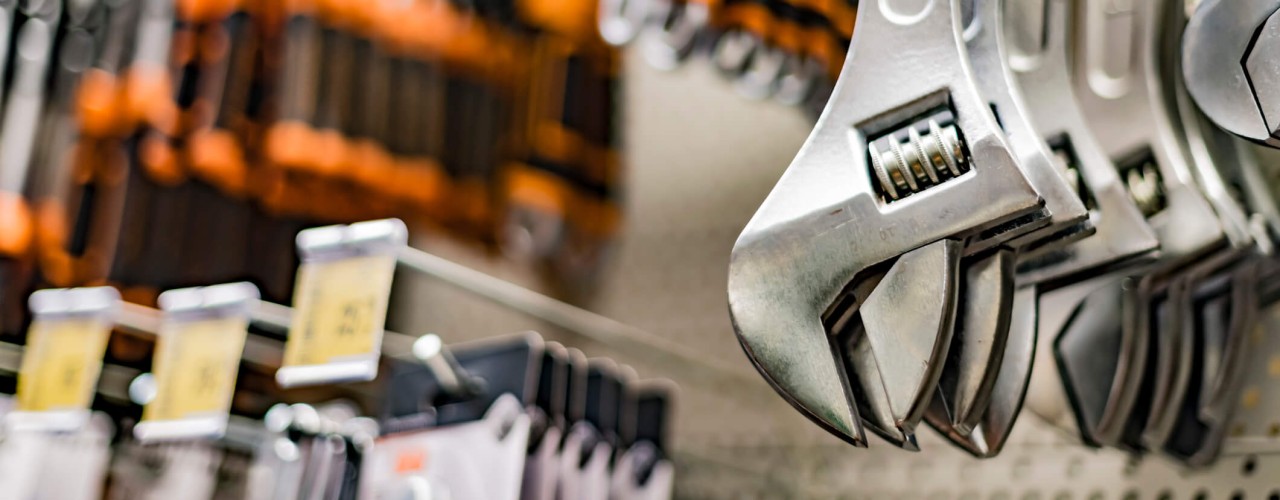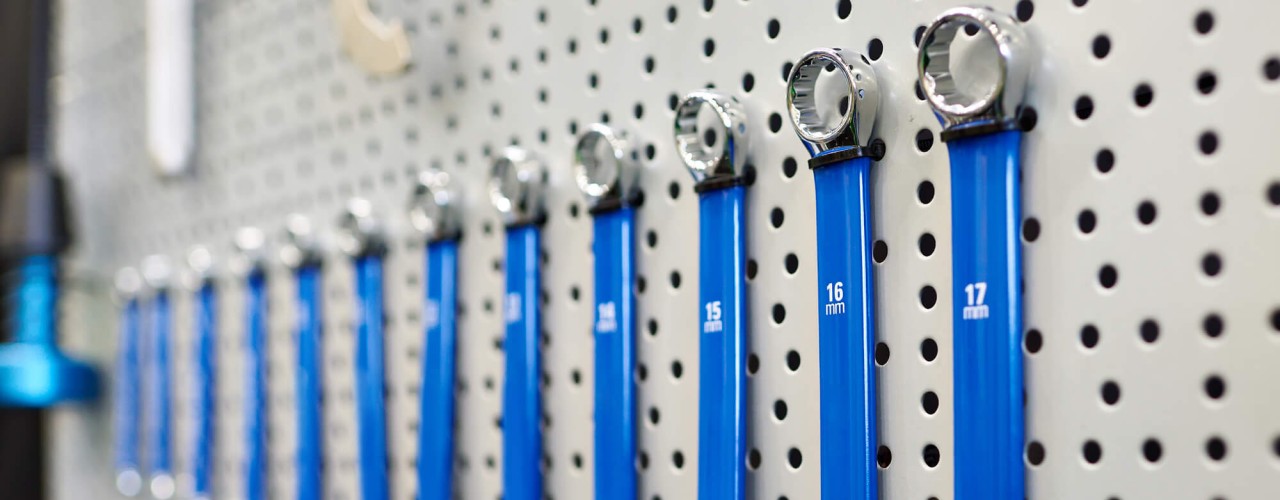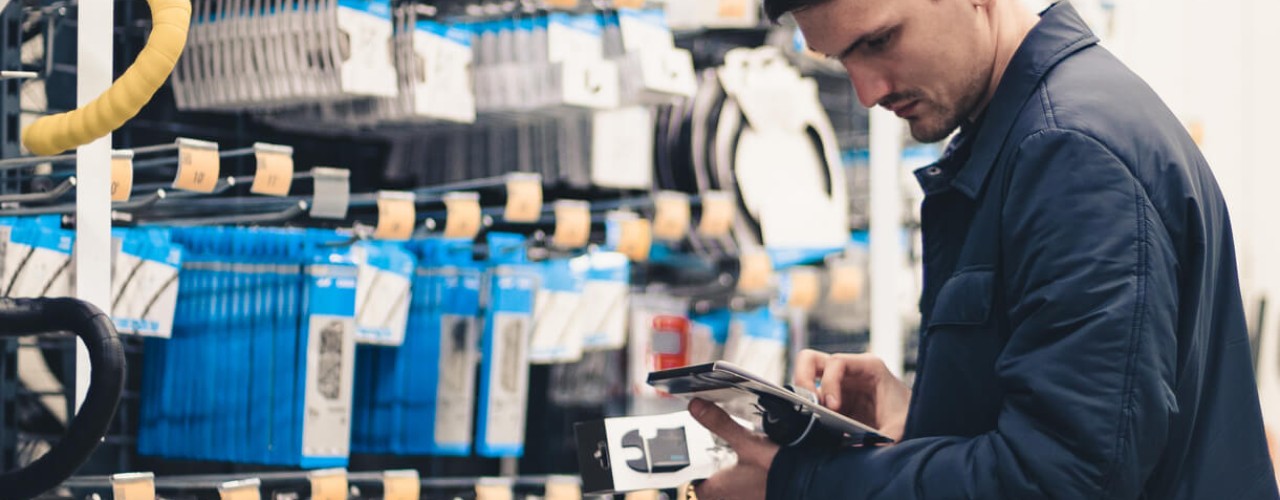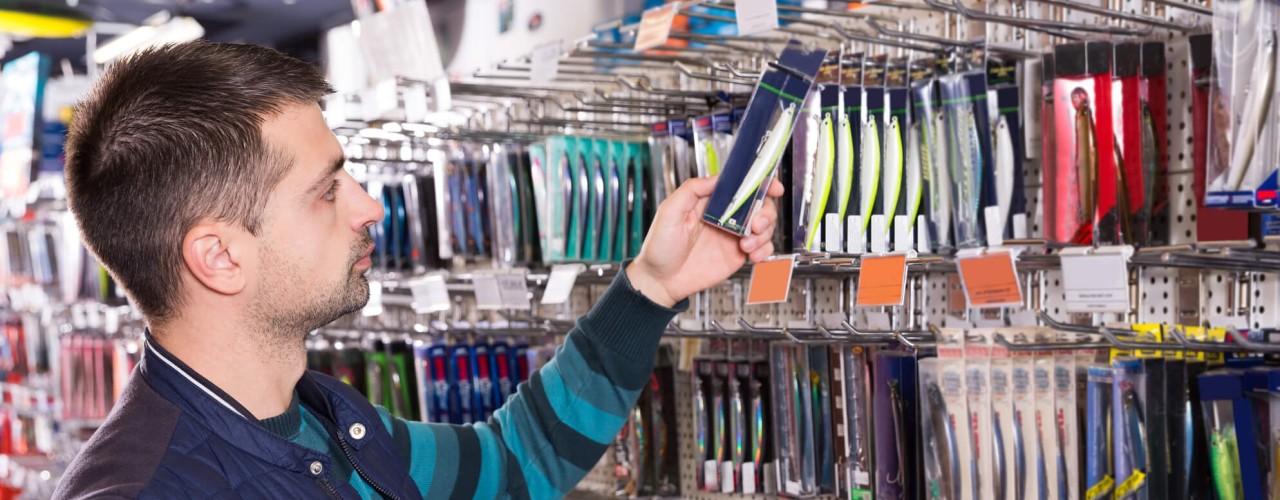Effective product presentation starts with the right hardware. Shop display hooks are among the most practical and versatile tools retailers can use to organise merchandise and maximise visibility. Choosing the right type, size and material for your hooks can make a noticeable difference to both how your products look and how efficiently your team restocks and manages the space.
This guide breaks down the essentials so you can select shop display hooks that work for your retail setup, stock profile and display needs.
The Role of Shop Display Hooks
Shop display hooks do more than simply hold stock. They help present products clearly, encourage browsing, and create logical groupings that make the customer journey smoother. Hooks also allow you to stock more in a smaller footprint by making use of vertical surfaces, which is especially useful for smaller stores or areas with limited shelving space.
Retailers typically use them for:
- Packaged goods like electronics, tools, cosmetics and accessories
- Impulse items near the till such as snacks, batteries or travel-sized toiletries
- Hanging carded stock in gondola ends, gridwall or slatwall panels
Using the correct hooks ensures your displays stay neat, are quick to refill and can handle the weight of your products without bending or loosening.
Types of Shop Display Hooks and Where They Work Best
Choosing the right type of hook depends on your display system and the nature of the stock you’re merchandising. Some of the most common varieties include:
Single Prong Hooks
These straight metal hooks are one of the most frequently used types. They insert directly into panels or mesh and hold products that are carded or hung using euro holes or header tags. Their simple design works well for compact spaces and light-to-medium-weight stock.
Ideal for:
- Slatwall and pegboard displays
- Lightweight packaged goods
- Settings where minimal visual clutter is preferred
Euro Hooks
Euro hooks feature a twin-prong design that holds both the product and a display label or pricing tag. The second prong allows space for barcode scanning and clearer labelling, which is useful in fast-moving environments.
They’re especially popular in:
- Convenience and grocery settings
- Hardware or DIY stores with multiple SKUs per hook
- Retailers who want clear product identification without extra signage
Loop and Scan Hooks
These are similar to euro hooks but come with a built-in ticket holder at the front. This setup is helpful for high-density areas where shelf-edge labels are not possible. The integrated scanner rail or ticket grip saves time for both staff and customers.
They suit:
- High-volume retail where label visibility needs to be fast and clear
- Stores using gridwall or mesh panels for stock rotation
- Environments with regular pricing updates or promotions
Security Hooks
For higher-value items or busy locations where theft prevention is a concern, locking display hooks are a smart option. These require a key or tool to release the product, deterring tampering without obstructing display visibility.
They’re commonly used in:
- Consumer electronics
- Cosmetics and grooming products
- Tillside impulse zones carrying higher ticket items
Key Considerations Before Buying Shop Display Hooks
Every shop has different needs, so it’s worth taking a closer look at a few essential points before placing an order. Choosing poorly can lead to weak displays, wasted space or increased restocking time.
Here’s what to think about:
- Display System Compatibility
Are you using pegboard, slatwall, gridwall or mesh panels? Not all hooks are cross-compatible, and forcing the wrong type into your fittings risks damaging the panels or causing hooks to fall out. - Product Weight and Packaging
Consider the heaviest item you plan to display. Light wire hooks might bow or become loose under pressure. Look for reinforced steel or thicker gauge metal if your stock carries more weight. - Hook Length
Too short, and you won’t display enough items. Too long, and the hook can sag or look untidy. Most retailers benefit from having a mix of sizes to suit different product lines. - Labeling Needs
If your layout relies on clear pricing or quick scanning, consider euro or scan hooks. They help avoid label overlap and make scanning smoother at the till or for stock counts. - Security Features
For certain categories, tamper-proof or lockable hooks reduce losses and keep high-demand items secure. These are especially relevant in high-footfall or unsupervised zones.
Best Practice for Arranging Hooks on Your Displays
Installing your hooks is straightforward, but thoughtful arrangement improves customer flow, product interaction and replenishment.
Here are a few tips:
- Space hooks evenly so products hang without crowding or overlapping
- Group by category or brand to guide customers through the display
- Use the same length and type of hook within a display to maintain visual balance
- Ensure heavier items sit lower down and lighter stock higher up
- Reserve top rows for promotional headers or signage, not products
Consistency matters. A tidy display feels more inviting, helps shoppers navigate your offer and reflects positively on your store as a whole.
When to Replace Your Shop Display Hooks
Hooks don’t always need regular replacement, but damage or poor fit can lead to problems. You should check fittings every few months, particularly in high-use areas.
Look out for:
- Bent or warped metal
- Hooks slipping from panels or becoming loose
- Frayed tips or poor finishes that might damage product packaging
- Missing or broken ticket holders on scan or euro hooks
Keeping spares on hand allows for quick replacements without disrupting your layout.
Choosing Shop Display Hooks That Support Seasonal Changes
Seasonal promotions, new ranges and product rotations all demand some flexibility in your fixtures. Hooks allow for fast reorganisation without bringing in new shelving or moving heavy furniture.
Retailers who regularly change displays often keep a small range of hook sizes and types in storage so they can adapt quickly to changes in stock or layout.
This approach helps:
- Launch new products with minimal disruption
- Adjust merchandising to suit seasonal footfall
- Maintain visual consistency even as stock rotates
Planning ahead with versatile fittings like shop display hooks keeps your space flexible and ready for change at short notice.
Where to Buy Shop Display Hooks That Last
The right hooks form the backbone of an effective retail display, but not all are made to the same quality. Look for suppliers that offer durable finishes, strong materials and fitting options to suit your display system. Value for money also comes from choosing hooks that maintain their shape and performance after repeated use.
Foxbarn supplies one of the UK’s widest selections of shop display hooks, with options suitable for slatwall, pegboard, mesh and gridwall systems. Whether you’re kitting out a new store or updating your current layout, you’ll find fittings that support your merchandising goals. Visit our website to browse the range or speak to us about what will work best in your retail space.
